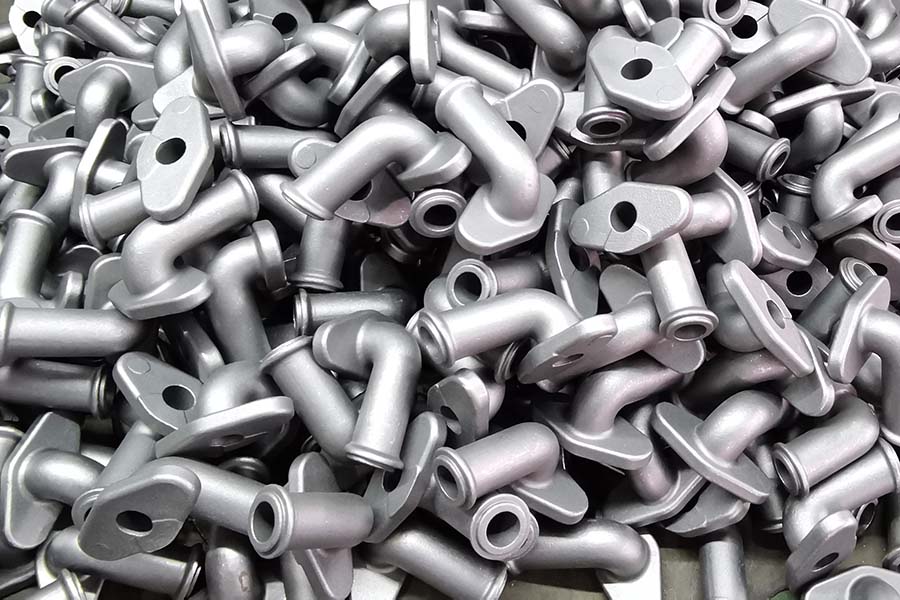In the production process of investment casting, there are many common casting defects. We can find a way to prevent such problems by analyzing the causes. Below, we introduce several common casting defects and their causes and prevention methods. They are: undercasting and cold separation, shrinkage porosity, and hot cracking. Later on in other articles, we will introduce some investment defects and their reasons and precautions.
Undercast and cold barrier
1. Problem description: Undercasting often lacks meat locally in the thin wall of the casting or away from the inner runner, and its edge is arc-shaped. The cold partition is that two strands of molten metal are not completely fused and there are obvious joints.
2. Cause:
1) Low molten metal pouring temperature and mold temperature
2) Pouring speed is slow or runner setting is unreasonable, metal flow is too long
3) The wall thickness of the casting is too thin, and the flow of molten metal is poor
4) Cut off during pouring
3. Preventive measures:
1) Increase molten metal pouring temperature and mold temperature
2) Increase the pouring speed or increase the number or area of the inner runner to reduce the flow of molten metal
3) Increase the pressure head of the pouring riser to prevent cut-off during pouring
Shrinkage
1. Description of the problem: it can only be found by X-ray inspection. The surface shrinkage can be found by fluorescence or staining inspection. In severe cases, it can be found after sand blowing.
2. Cause:
1) The casting structure is unreasonable, and the hot spots are too much or too big
2) The heat capacity of the pouring riser is small, which fails to form sequential solidification, or the pressure head is small, which reduces the feeding capacity
3) The mold temperature is low, the cooling rate is fast, and the feeding channel is blocked
3. Preventive measures:
1) Improve casting structure and reduce hot spots
2) Set the riser reasonably, or add a feeding rib that can be removed by processing methods, increase the pressure head, so that the casting can be solidified sequentially under the action of a certain pressure head
3) Appropriately increase the pouring temperature and mold temperature to slow down the cooling rate
Hot crack
1. Problem description: Irregular intergranular cracks are produced on the surface or inside, and the surface is oxidized. It can be seen after severe sand cleaning, and only mild processing or penetration inspection can be found.
2. Cause:
1) It is related to the composition of the alloy, the content of carbon and silicon is high, the temperature range of the liquid-solid phase is large, and hot cracking is easy
2) Low mold temperature, poor retreatability and fast cooling rate
3) The thickness of the casting varies greatly, and the transition fillet is too small
3. Preventive measures:
1) For alloys or steels that are prone to hot cracks, their carbon and silicon content should be controlled as far as possible to the middle and lower limits
2) Increase the mold temperature during pouring, slow down the cooling rate of the casting, or reduce the strength of the mold shell
3) Add anti-cracking process ribs at the joints of the thickness of the castings, or increase the transition fillets



 русский
русский



